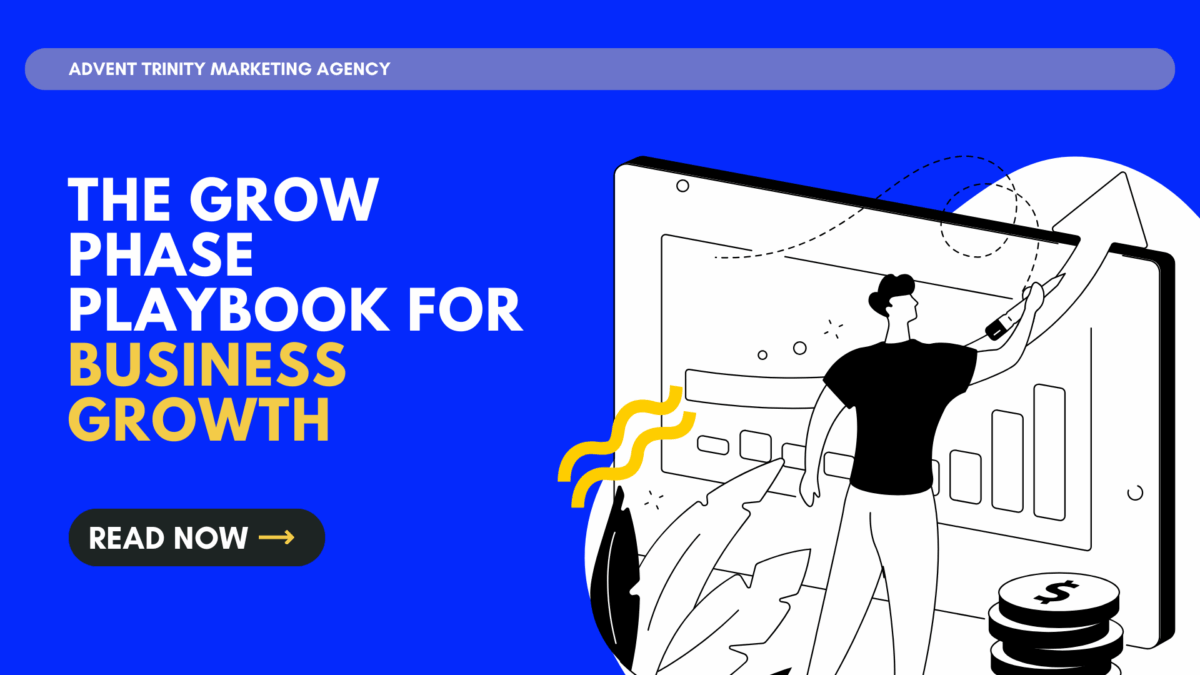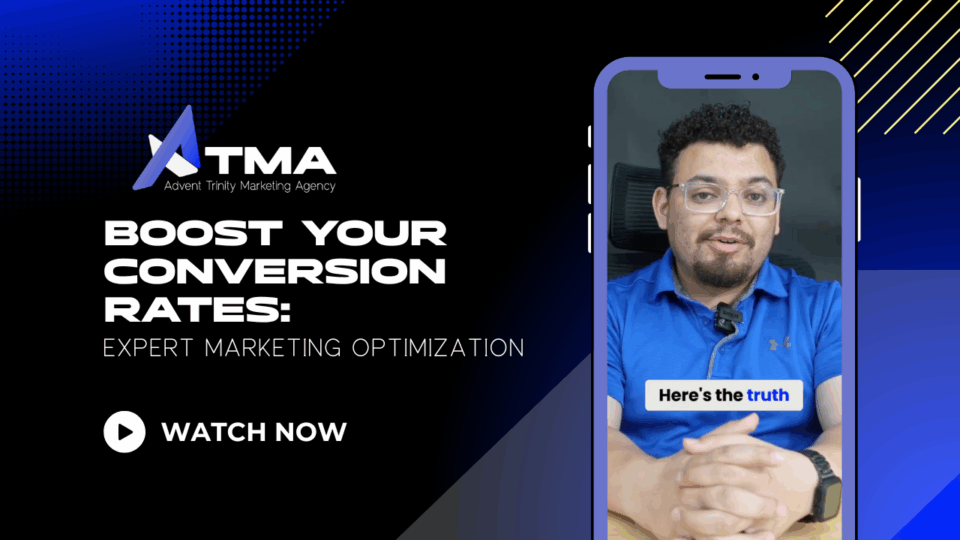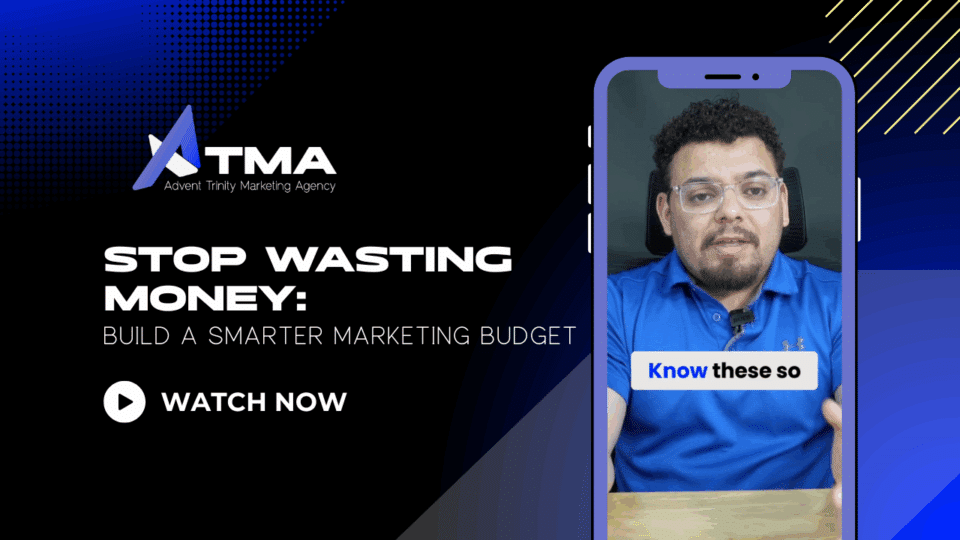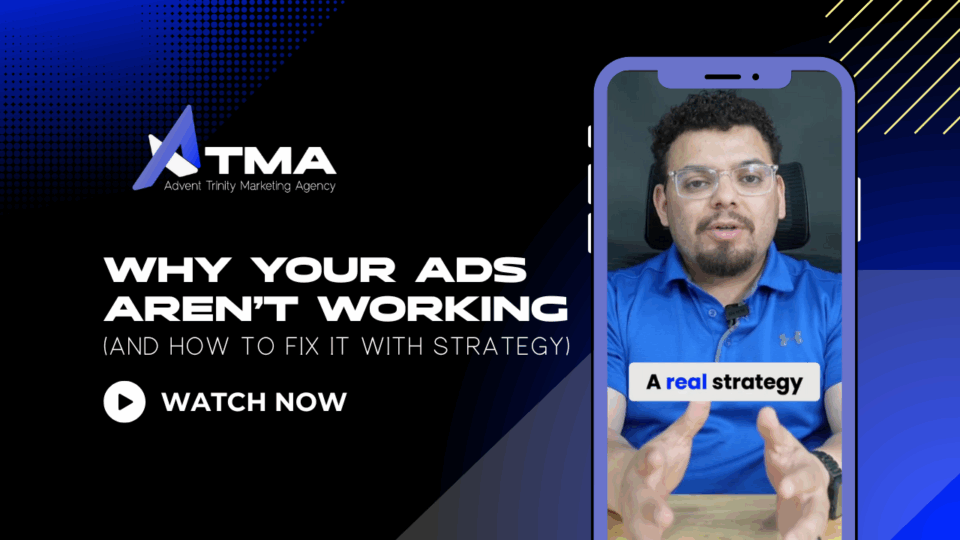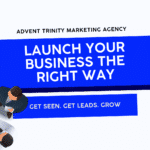
Launching Your Business: How to Get in Front of the Right People
August 7, 2025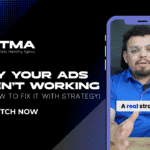
Digital Marketing Made Simple: Your Step-by-Step Growth Plan
August 18, 2025In our Market It with ATMA podcast, we share the tips, tools, and strategies to help your business succeed. In this episode, The Grow Phase, we are joined by Bryan Acosta, CEO of Advent Trinity Marketing Agency, and host Storie Titus to break down what it really takes to turn leads into loyal, long-term customers.
If you have ever wondered why your leads are not converting or why they drop off after the first conversation, this episode will walk you through the real-world follow-up strategies, touch points, and marketing systems that keep your brand front and center until the sale is closed.
Why “The Fortune Is in the Follow-Up” Is Still True
Too many businesses think a single phone call, form submission, or ad click will magically turn into a paying customer. In reality, 80% of sales require at least five or more touch points, yet 44% of sales reps give up after just one attempt.
Marketing works the same way. Launching a campaign is only the first step. You need a structured follow-up system to keep leads engaged until they are ready to buy.
Key takeaway: Patience and persistence win. Your leads need multiple reminders, interactions, and value-driven messages before they take action.
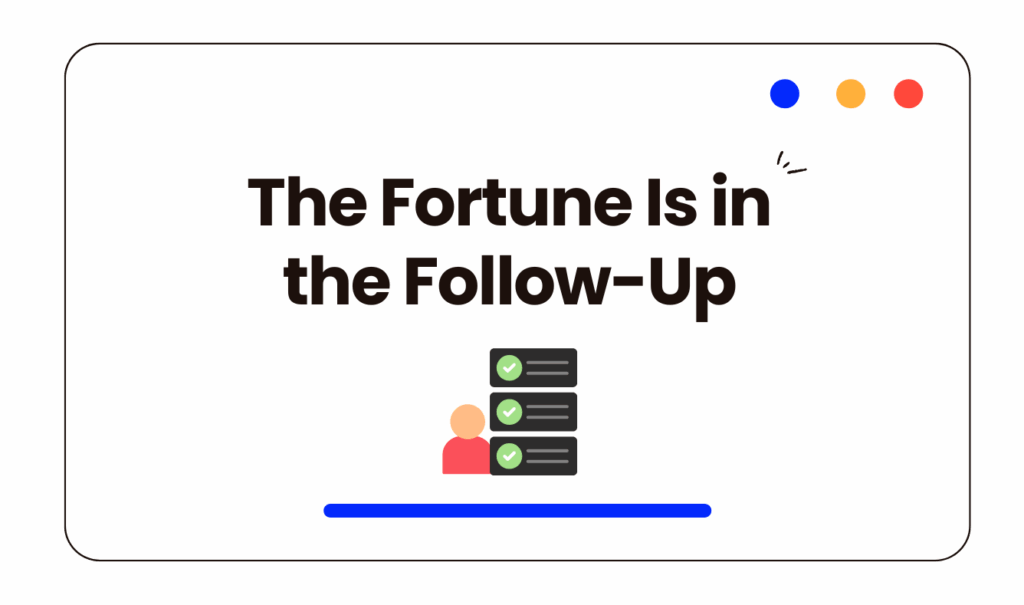
The Five Stages of the Customer Journey
Bryan breaks it down into five essential stages every prospect moves through:
- Awareness: They learn your business exists.
- Engagement: They interact with your content, social media, or website.
- Conversion: They take action, such as buying, booking, or signing up.
- Delight: You exceed expectations and strengthen trust.
- Advocacy: They recommend you to others and become brand ambassadors.
If you stop after conversion, you are leaving money on the table. The Grow Phase focuses heavily on delight and advocacy to keep customers returning and referring others.
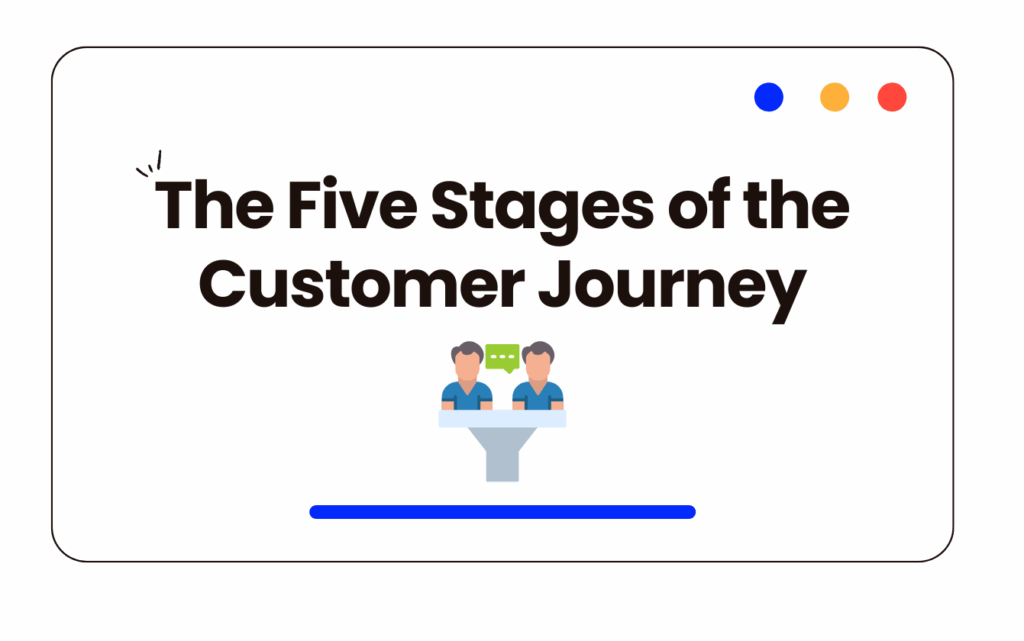
Nurturing Leads with Multi-Channel Marketing
Also known as omni-channel marketing, this approach keeps your brand in front of prospects everywhere they look. Effective nurturing includes:
- Email marketing: Targeted drip campaigns and newsletters to educate and re-engage.
- Text messaging: Quick, high-visibility updates or offers.
- Retargeting ads: Social and search ads that “follow” visitors after they leave your site.
- Social DMs: LinkedIn, Instagram, or Facebook messaging to maintain a personal touch.
- Content marketing: Blogs, videos, case studies, and resources that answer questions and build trust.
The goal is to stay visible and valuable until they are ready to take the next step.
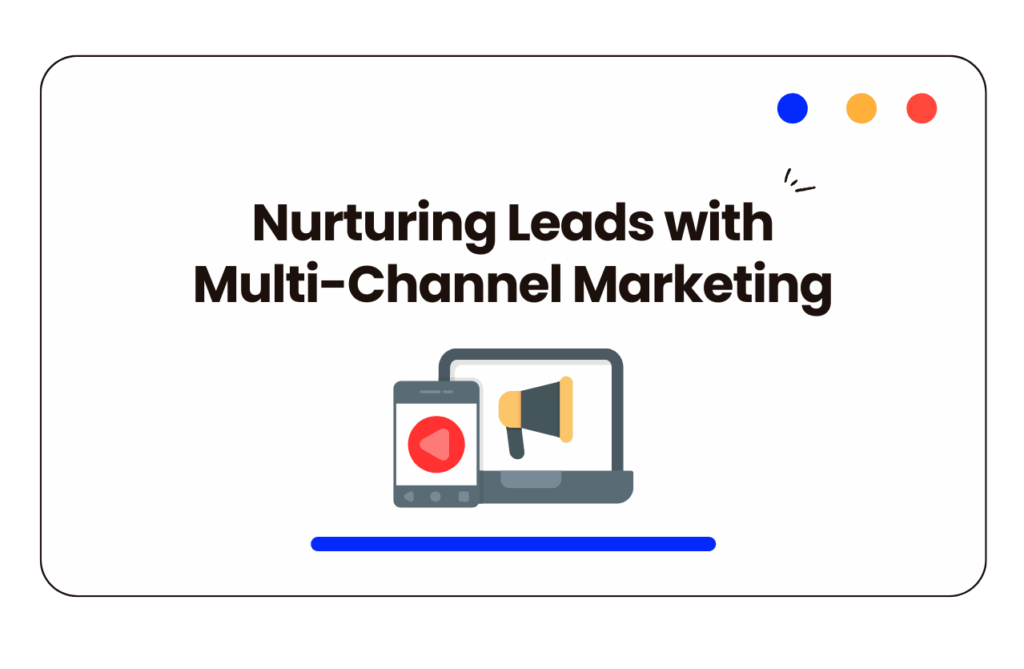
How Many Touch Points Do You Really Need?
A healthy nurturing strategy usually involves 7 to 12 touch points, sometimes up to 15, before a lead converts. These touches could include:
- Email follow-ups
- Phone calls
- Social media interactions
- Retargeting ad impressions
- Direct mail or promotional items
- Invitations to webinars or events
Pro tip: If every message is “buy now,” you will turn people off. Mix sales offers with value-driven content, resources, and personalized tips.
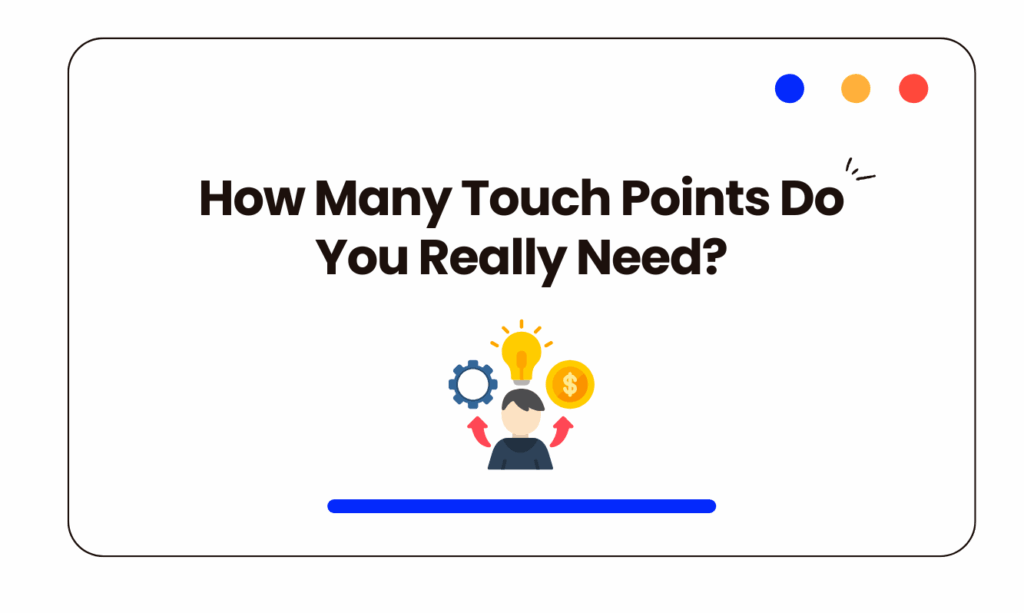
CRM Systems: The Backbone of Follow-Up
You need a Customer Relationship Management (CRM) system to manage consistent communication. Popular options include:
- HubSpot: Excellent for managing sales teams and marketing automation.
- Go High Level: A strong choice for small businesses.
- ActiveCampaign: Great for email-focused automation.
- Mailchimp: Simple and beginner-friendly.
No matter the platform, the priority is tracking every lead, scheduling follow-ups, and automating where possible without sounding robotic.
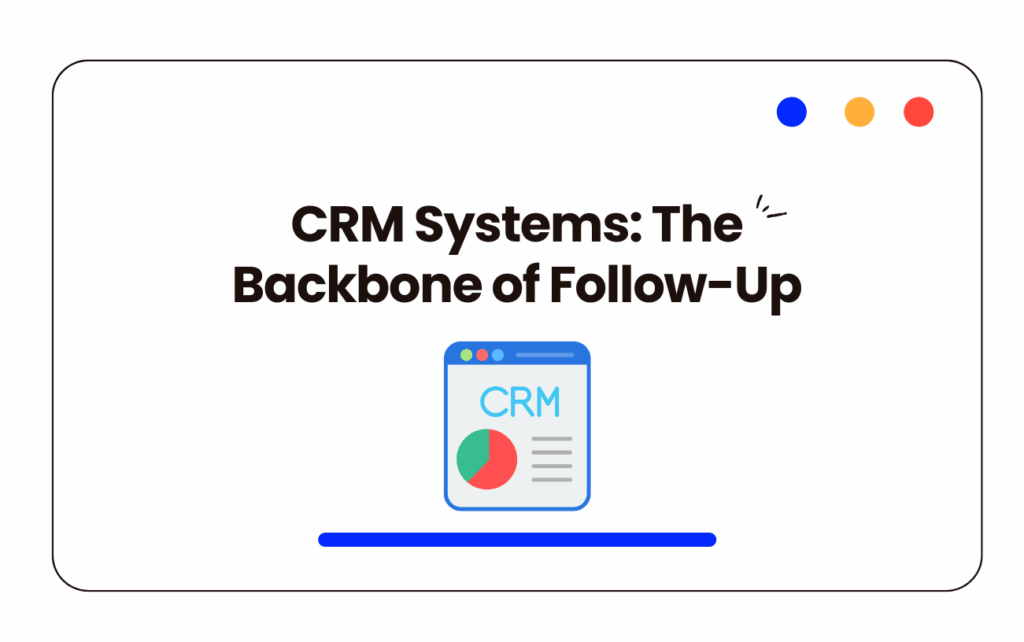
Retaining Customers: The Overlooked Growth Strategy
Acquiring a new customer is expensive, but retaining one is far more profitable. Yet, 68% of customers leave because they feel a business does not care about them.
Retention tips:
- Send regular “thank you” or check-in messages.
- Offer exclusive resources or insider content.
- Provide promotional items such as t-shirts, water bottles, or notebooks that keep your brand in sight.
- Use surveys or feedback forms to show you value their opinion.
When customers feel valued, they are more likely to buy again and refer friends.
Real-World Example: Nurturing Into Higher Revenue
Bryan shared how NuvoDesk turned underutilized email contacts into engaged customers. Many clients only used NuvoDesk’s virtual mail service, unaware of other offerings. By inviting them to in-person networking events, the team showcased additional services and turned low-dollar customers into high-value, recurring ones.
The takeaway: Upselling happens naturally when you educate and engage customers after the sale.

